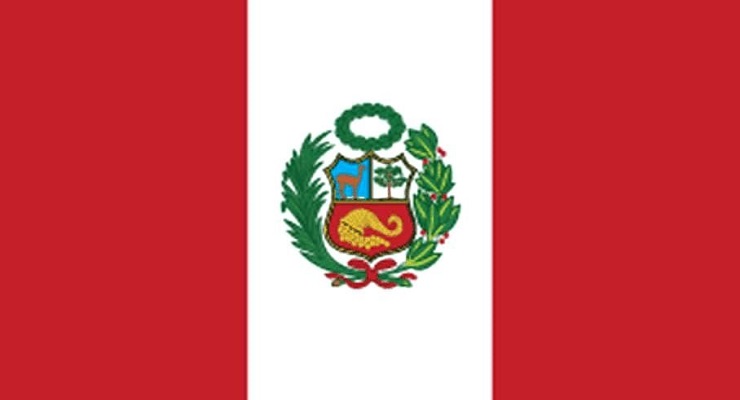 Peru’s democracy is facing increasing backsliding due to political corruption, economic instability, and rising crime rates, threatening the country’s democratic institutions. Democracy and Society’s political scientist Wolf Grabendorff has examined this development. Here is an extract from the article:
Peru’s democracy is facing increasing backsliding due to political corruption, economic instability, and rising crime rates, threatening the country’s democratic institutions. Democracy and Society’s political scientist Wolf Grabendorff has examined this development. Here is an extract from the article:
Three months after the ‘rebellion at the top of the state’ and the ousting of President Pedro Castillo by the parliament on the grounds of ‘permanent moral incapacity’, violence is now dominating Peru’s political disputes. The parliament-elected president and former vice-president under Castillo, Dina Boluarte, is now responsible for at least 60 dead and almost 2,000 injured – mostly on the social protest side. Due to the massive use of force by the police and military against the protests that have flared up again and again throughout the country, the public prosecutor’s office has brought charges against Boluarte, along with the head of the Council of Ministers, the interior minister, the defence minister and other members of her cabinet, who have since resigned. In Peru, democracy is currently under as much threat as it was in the 1990s, when dictator Alberto Fujimori also came to power in a ‘coup d’état from above’ and over 10,000 people were killed in the almost civil war-like purges in the conflict between his government and the radical Maoist movement Sendero Luminoso.
However, the extent to which President Boluarte and the members of the government will be sentenced can hardly be predicted, since the legal proceedings for ‘official misconduct’ in Peru usually begin only after the end of the respective term of office and associated loss of immunity. But, once possible, it occurs with very clear results: five of the last six presidents have been condemned in this way. Since his conviction in 2009, ex-president Alberto Fujimori has been held in the same prison as ex-president Pedro Castillo, who is currently awaiting sentencing. He is initially in pre-trial custody for 36 months on charges of rebelling against state authority.
Why have the protests in the provinces gotten so massive and violent since Pedro Castillo was removed from office? They are above all the reaction of those who were not involved in Peru’s positive economic development – in other words, the representatives of the ‘other Peru’, first and foremost the poorer part of the population, for whom the ex-president was a beacon of hope. The protests are directed at the opposition to Castillo – in parliament, among the business and political elites and in the media – which was initially against his very close electoral victory and later against his attempts at political reform, which in any case were unsuccessful. Above all, however, it is a reaction to the form of his ‘constitutional’ ouster for his attempted coup ‘à la Fujimori’ – which Castillo carried out without realising that he could not count on the support of either the military or a majority of the population.
Read the full article here.
Leave a Reply